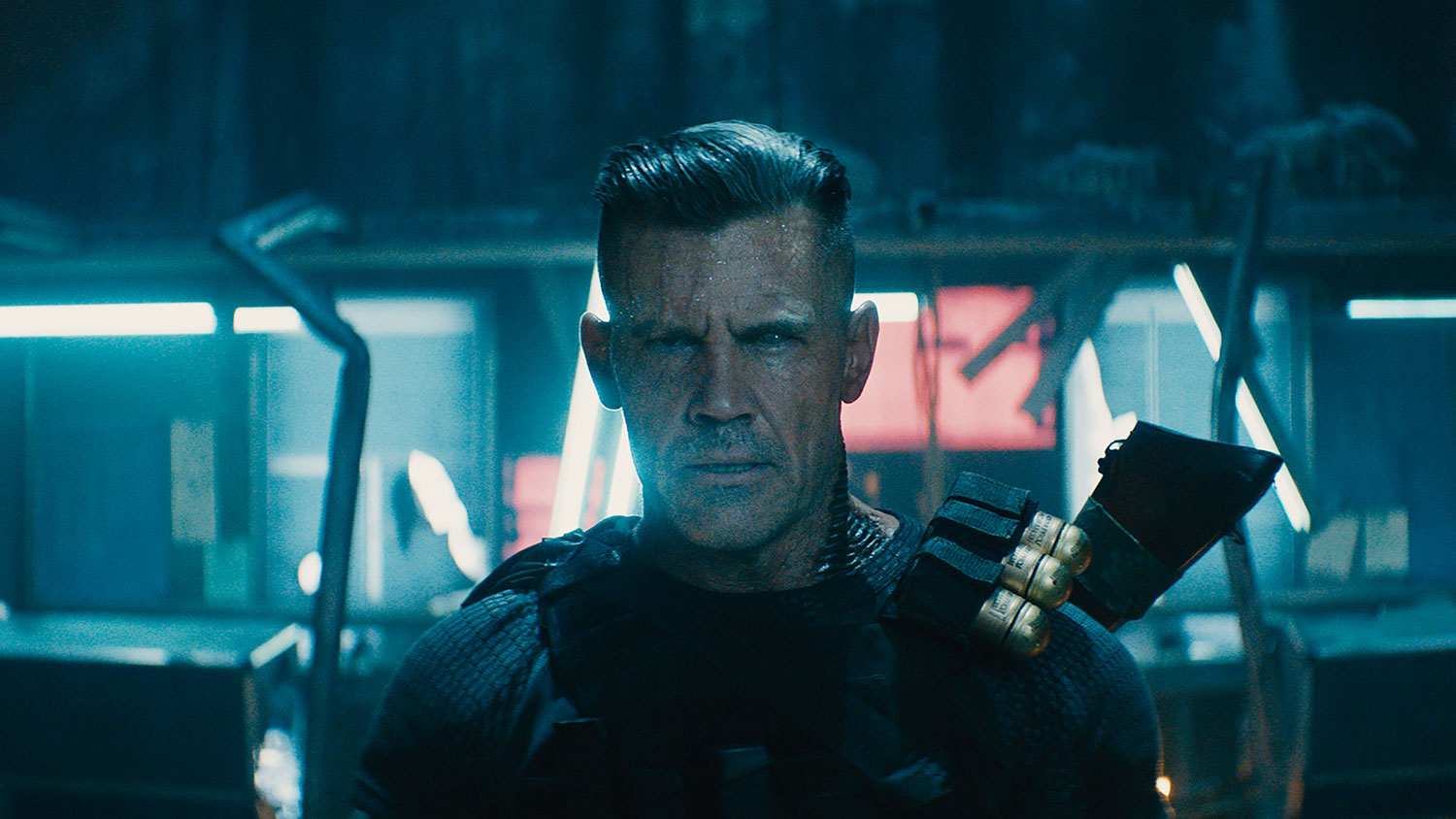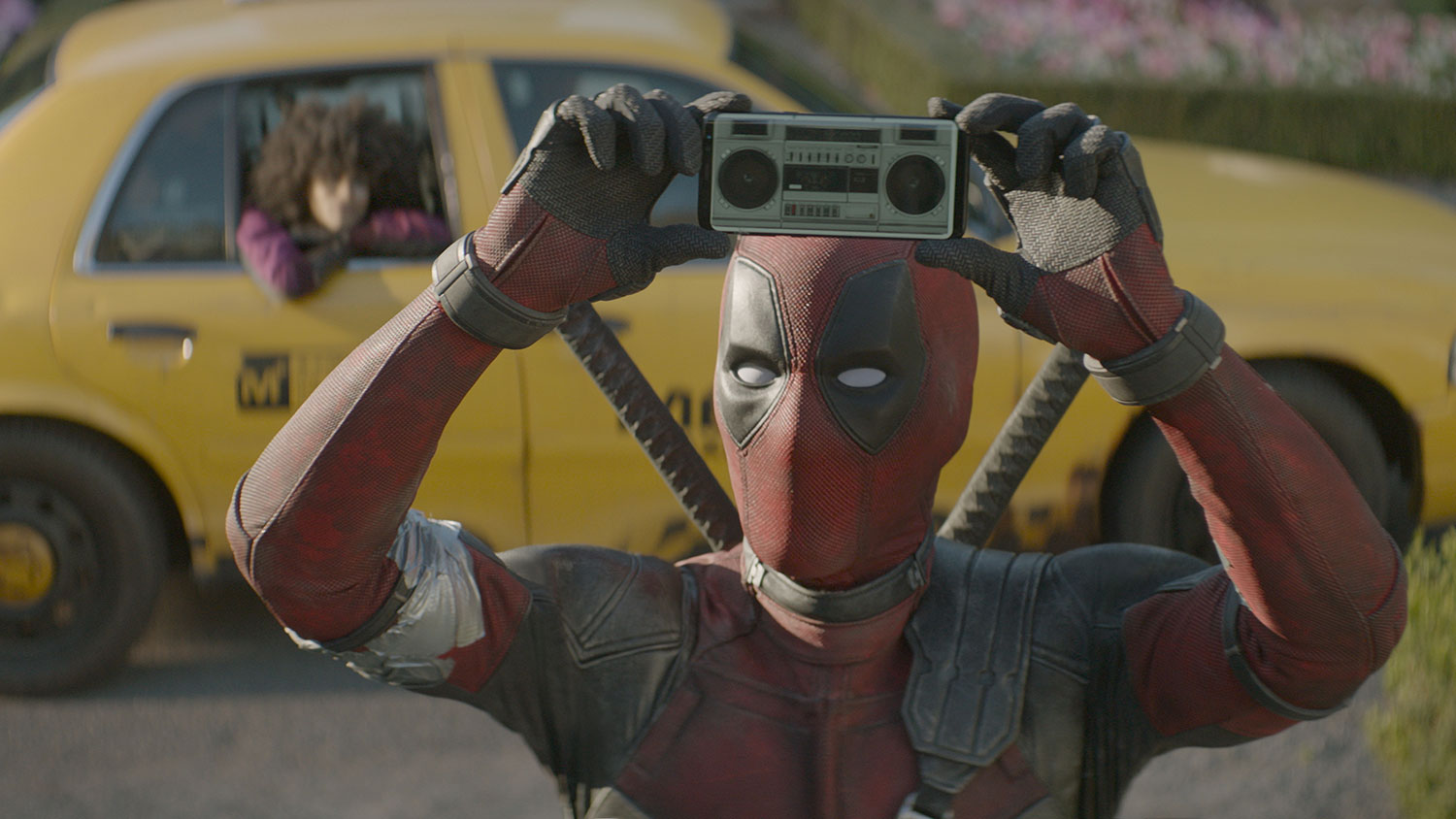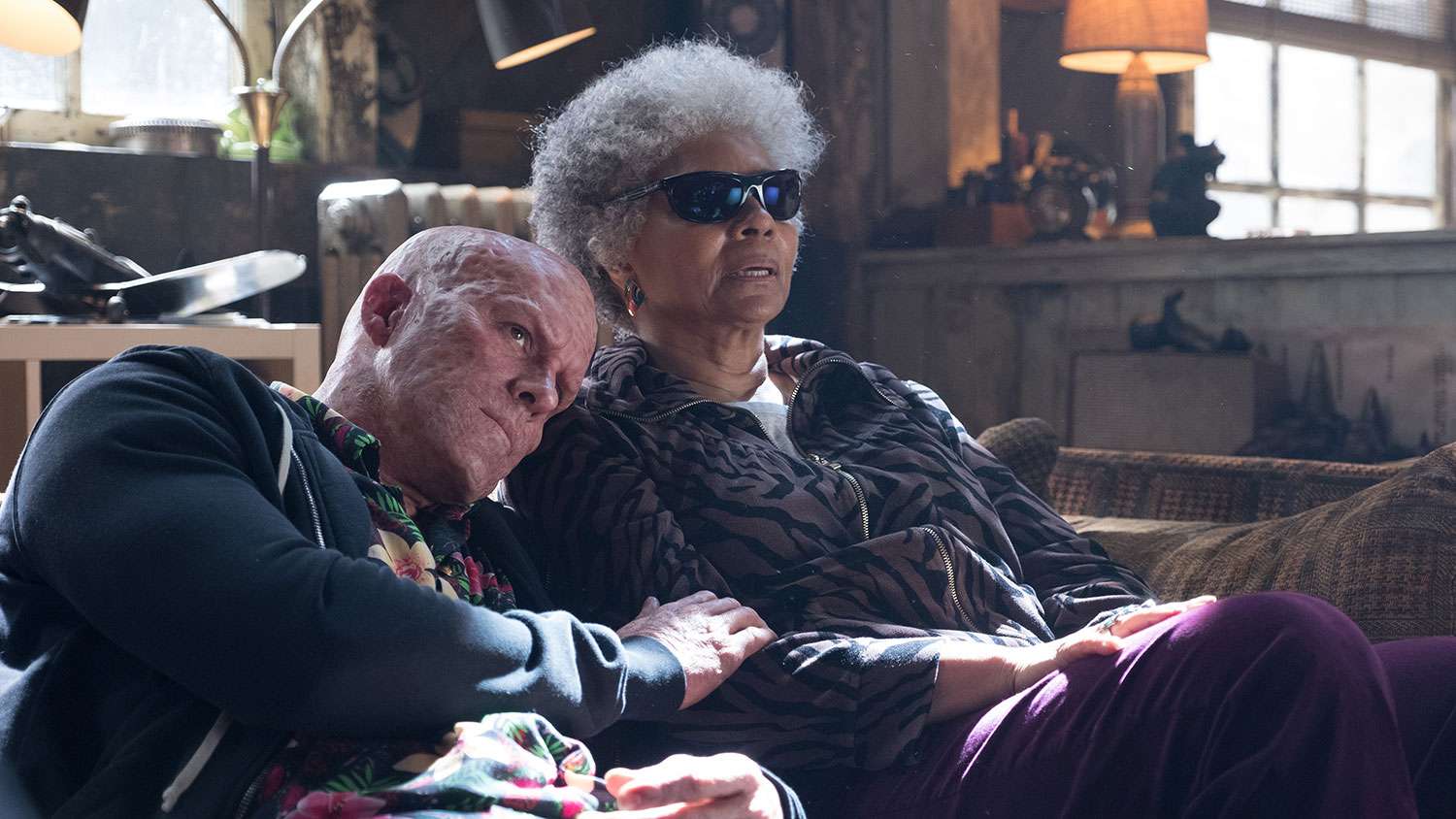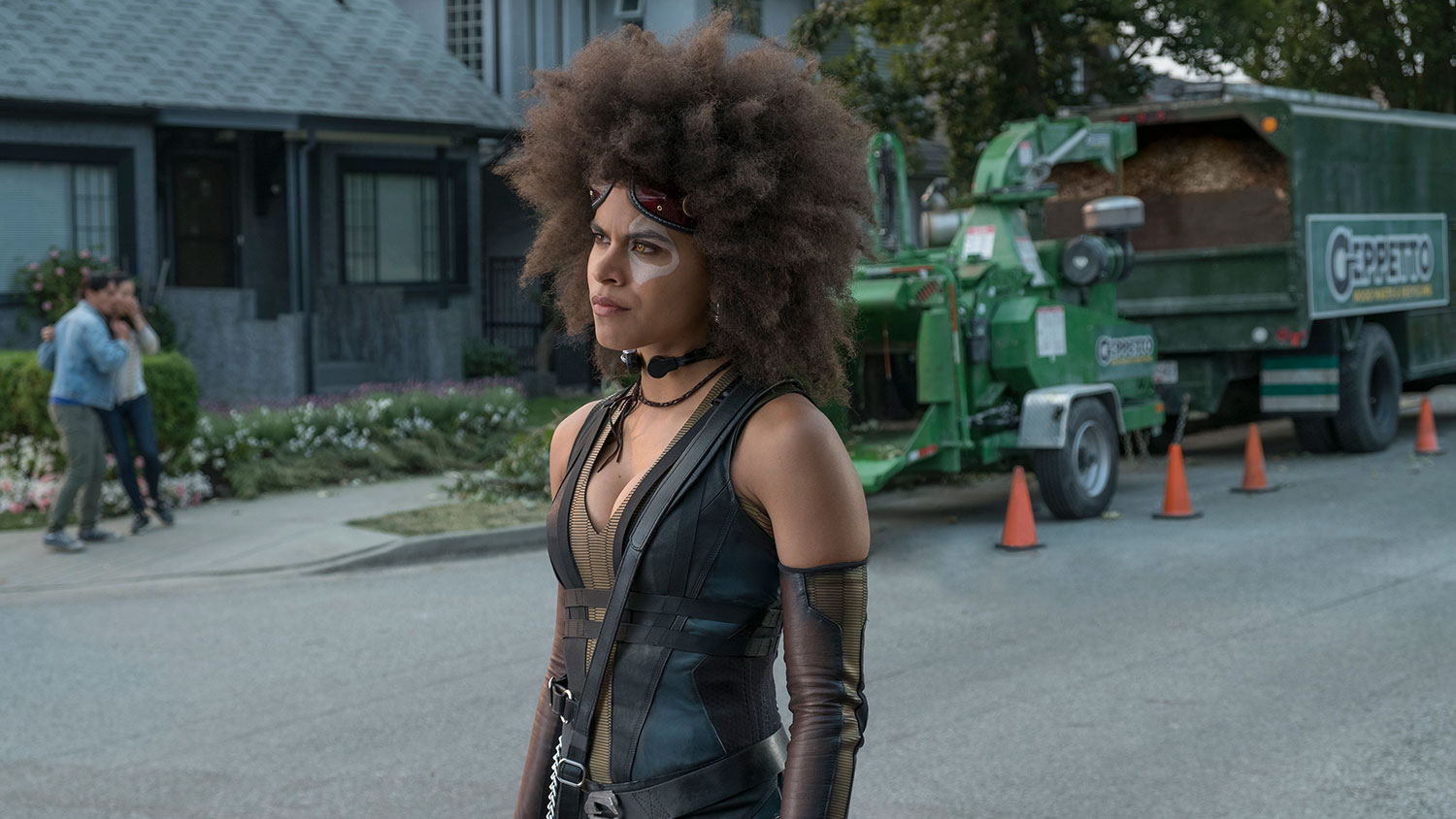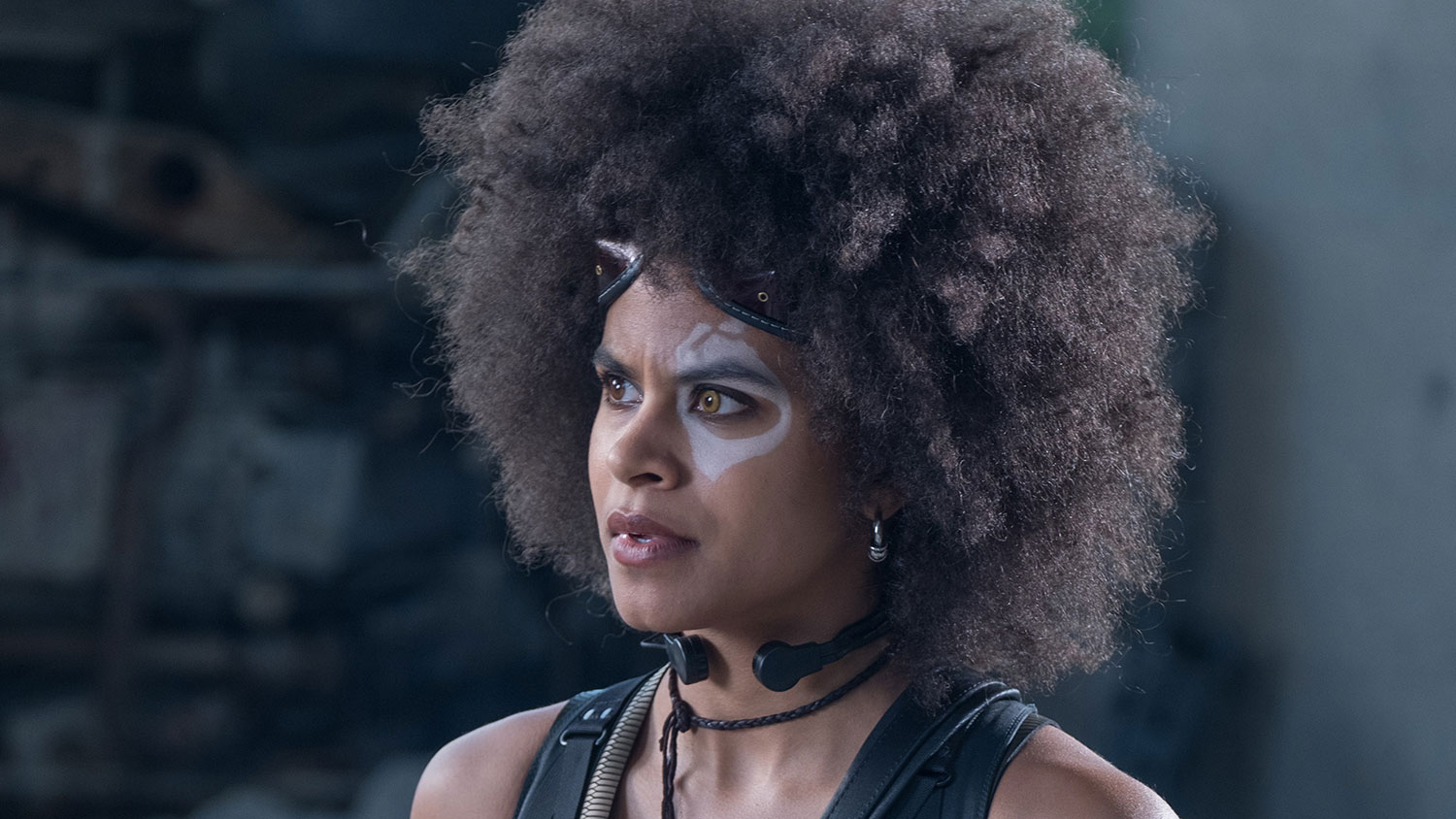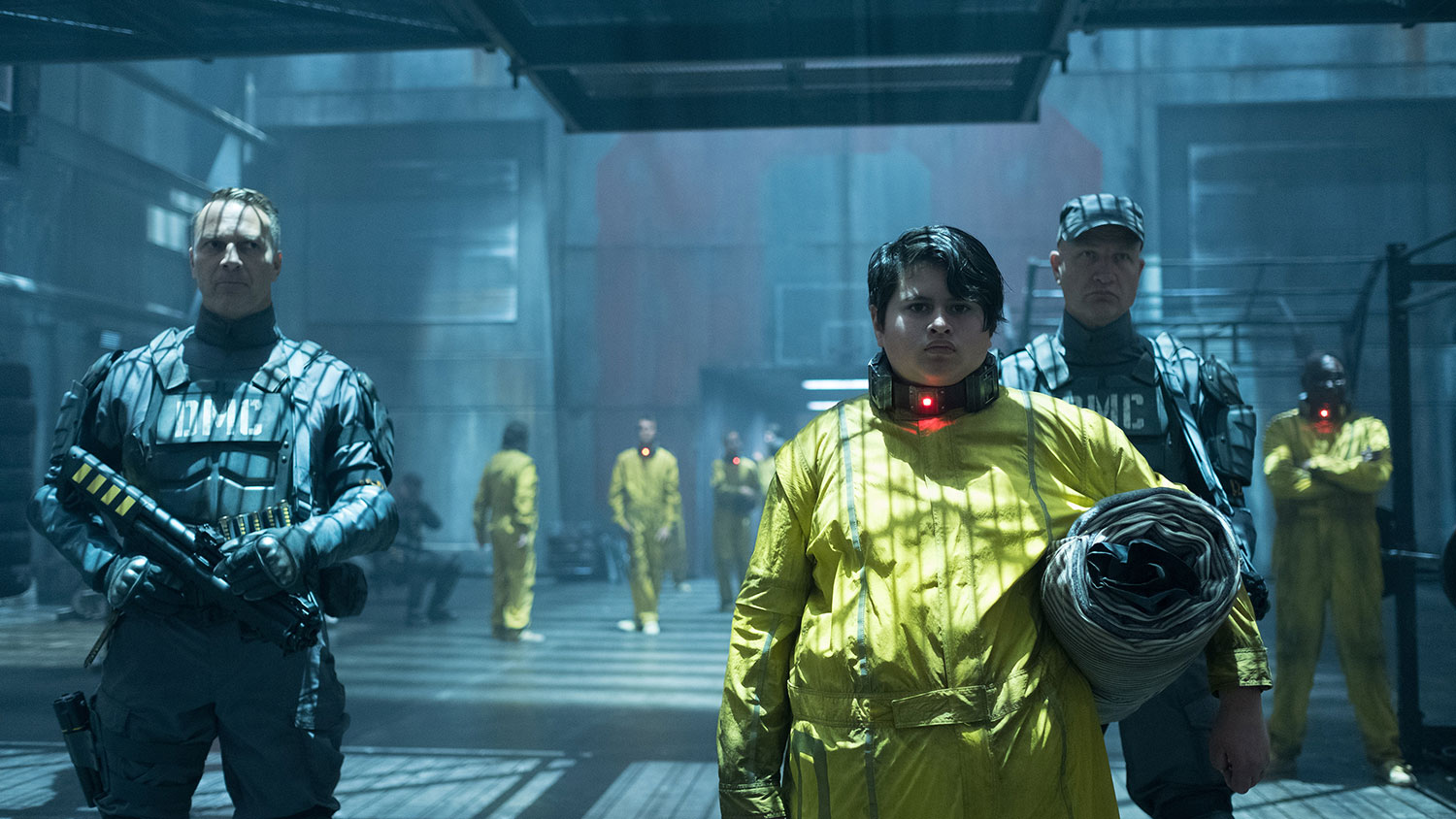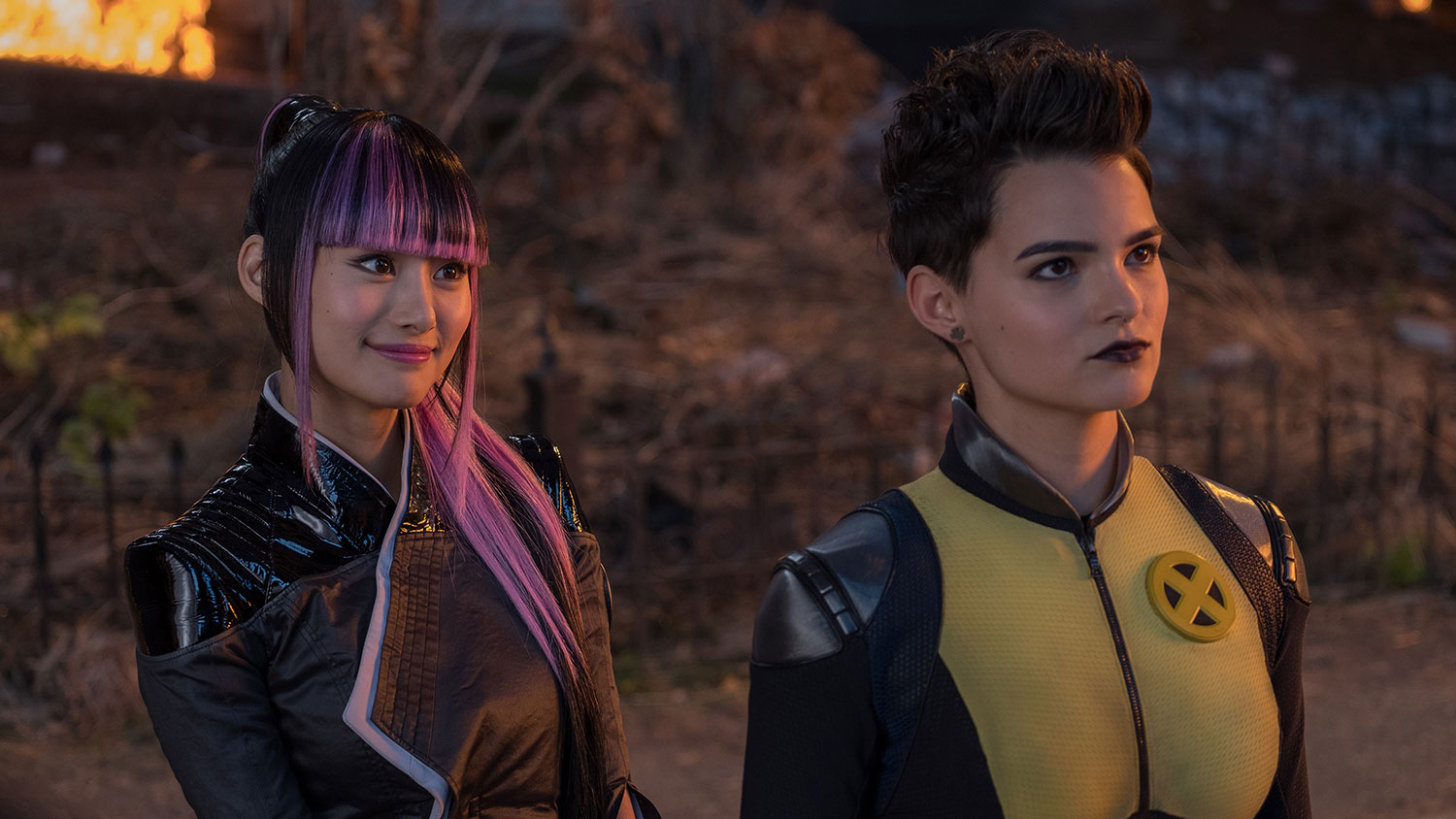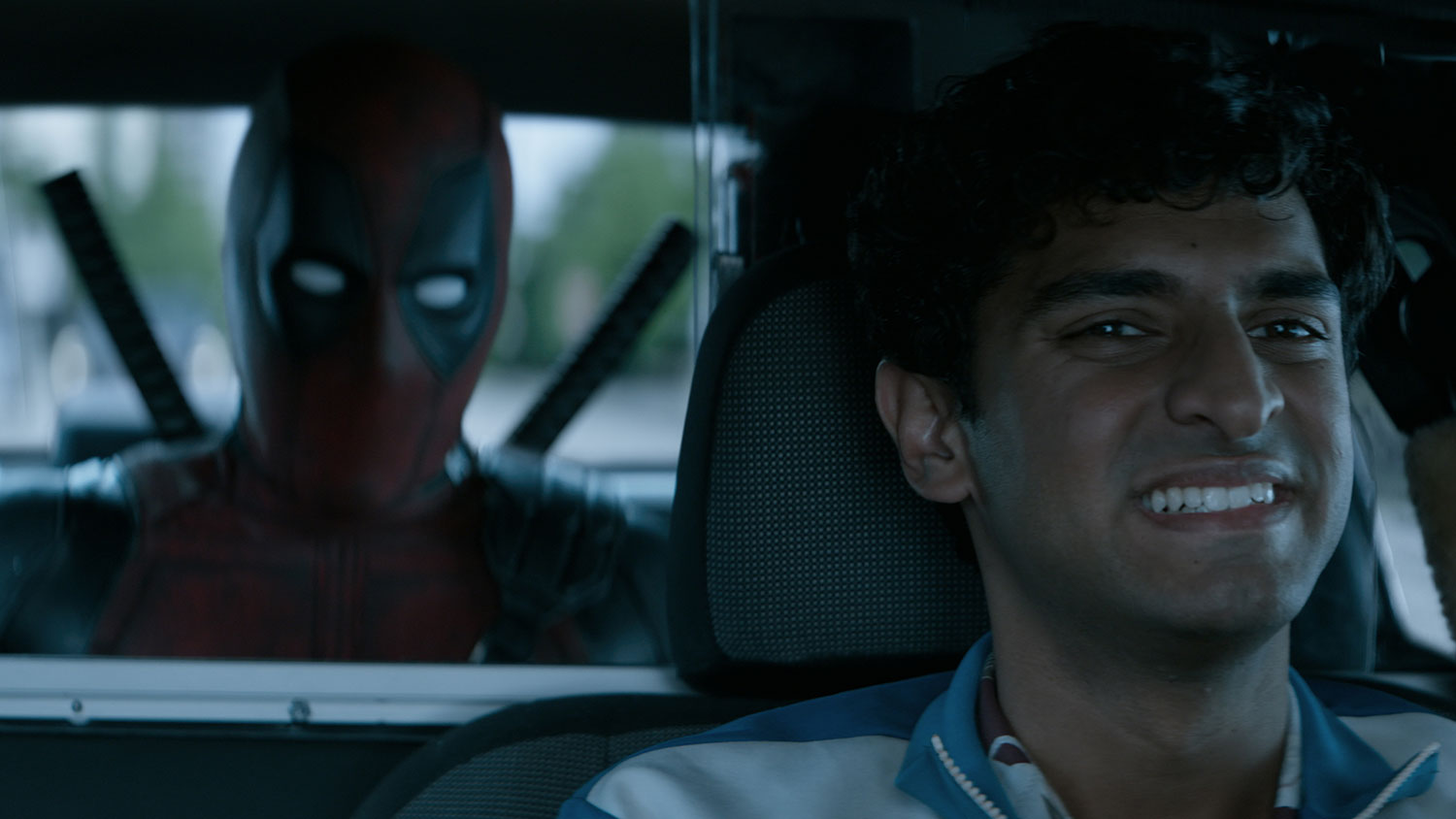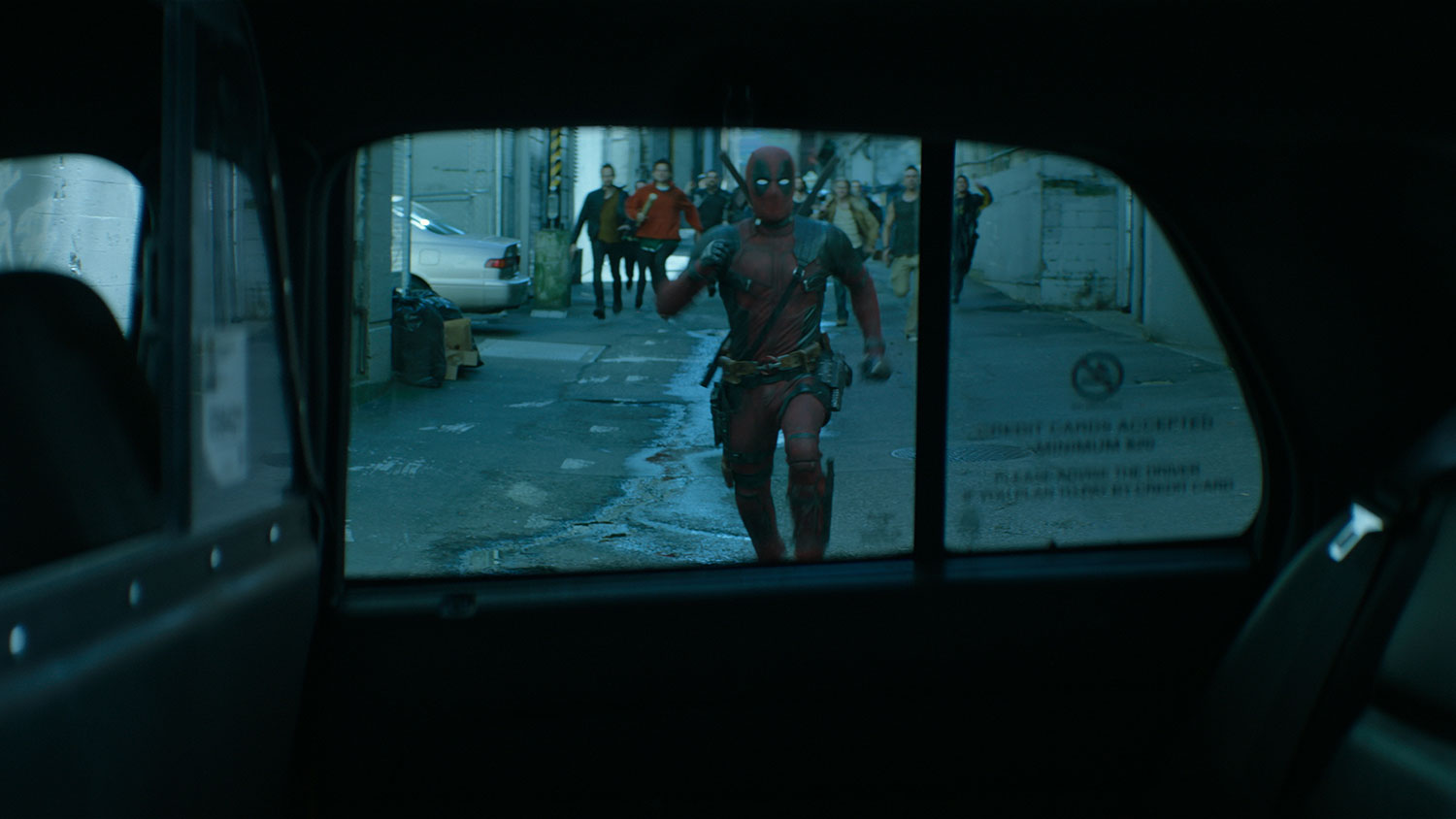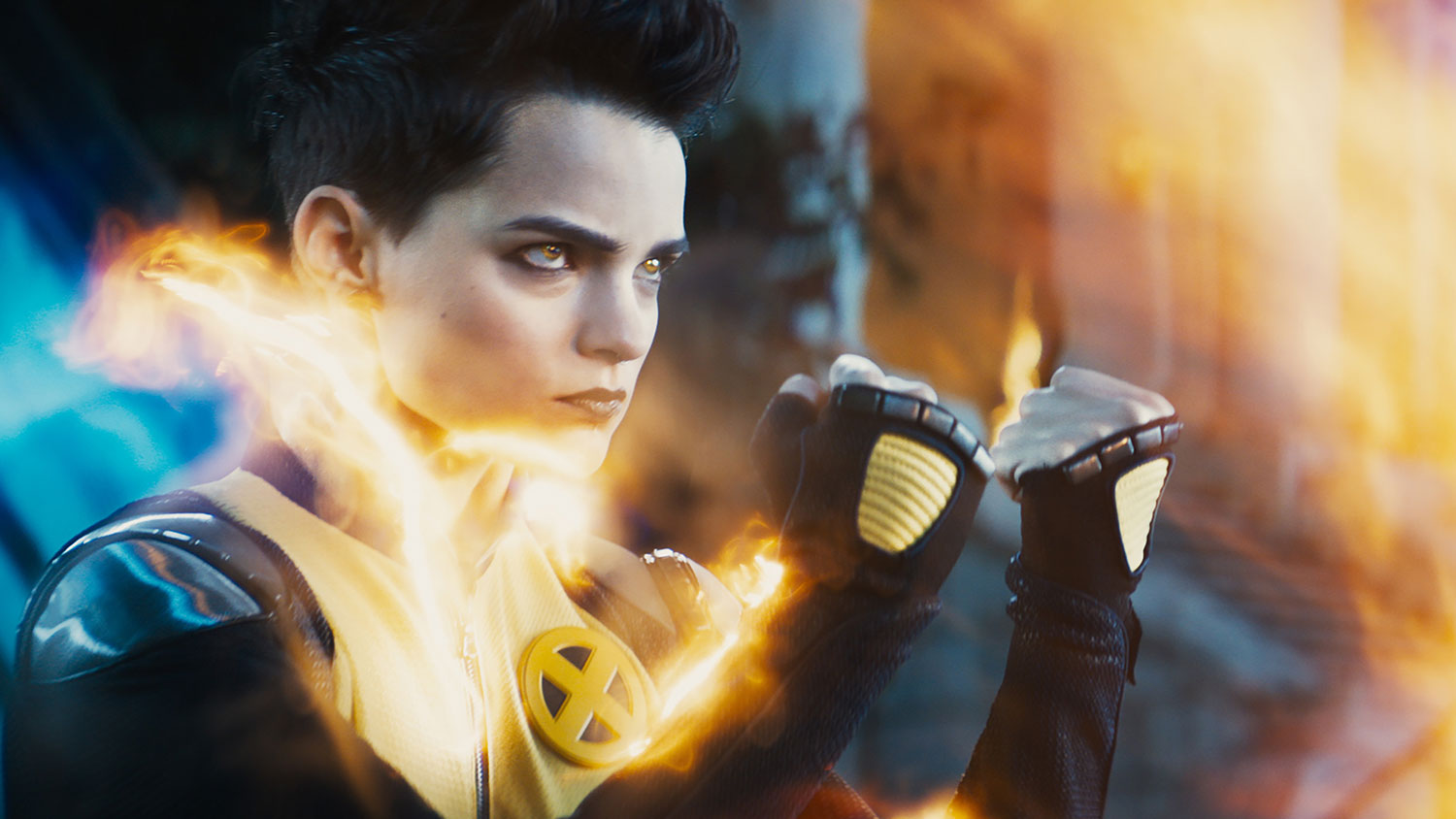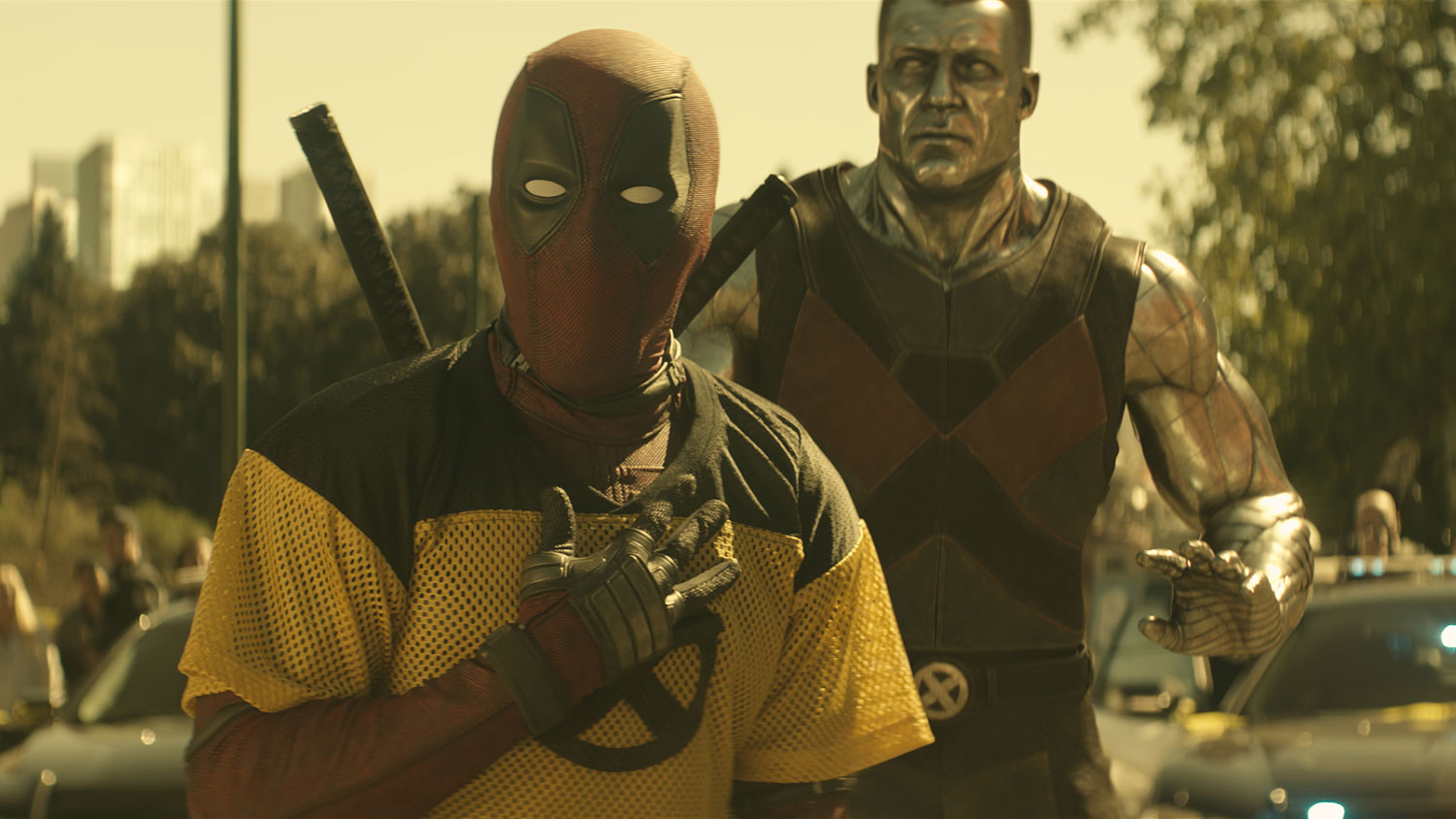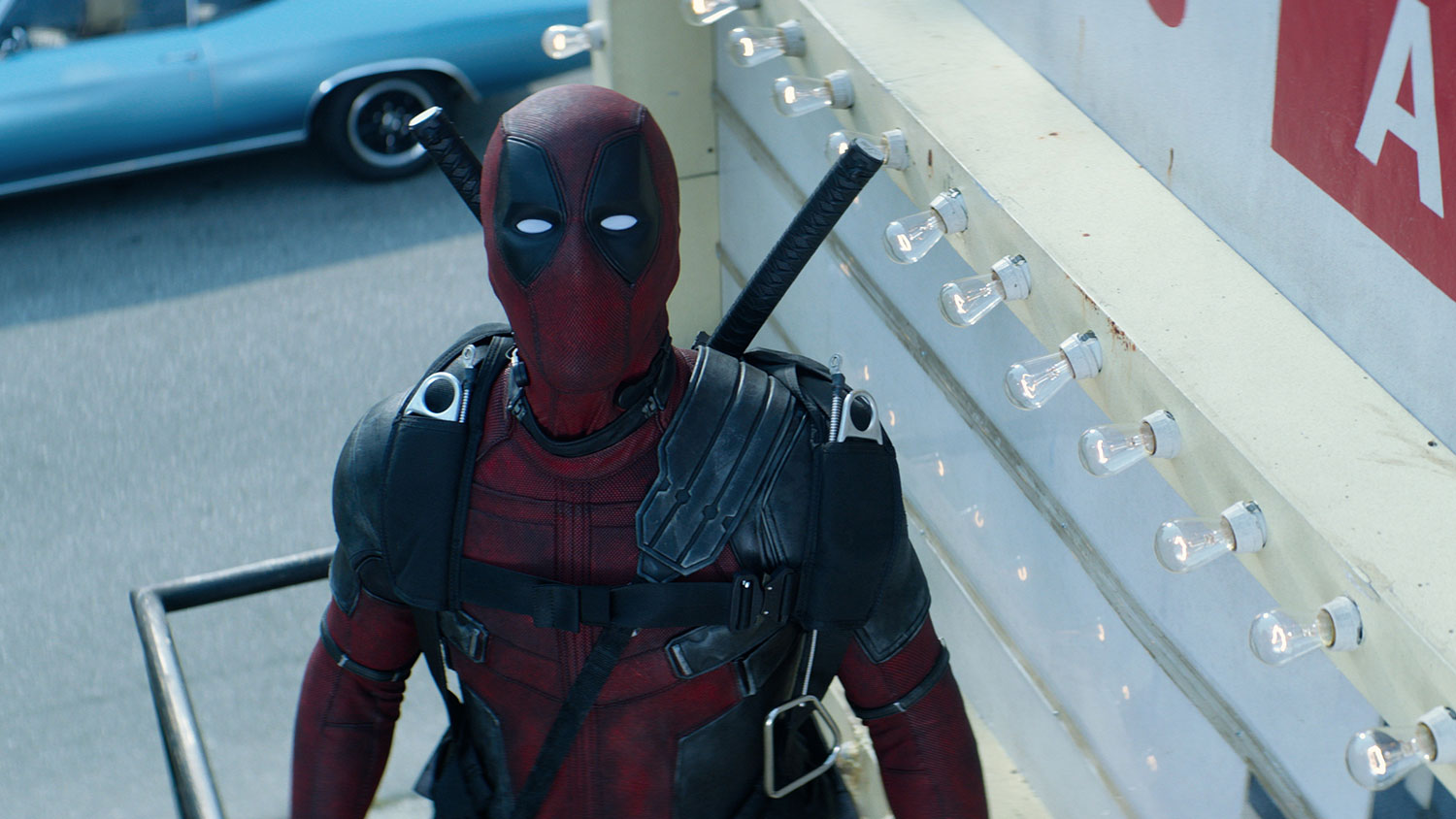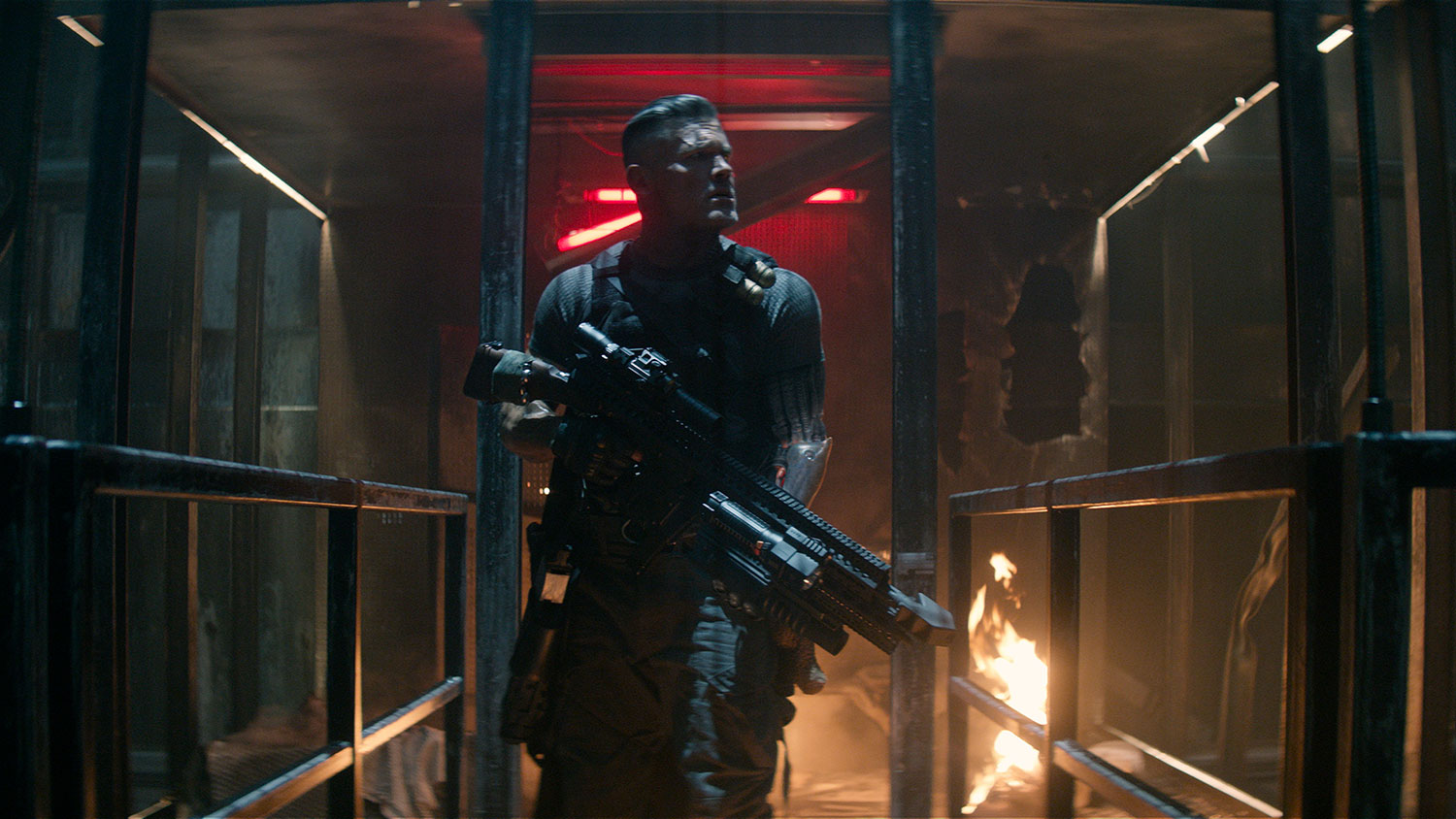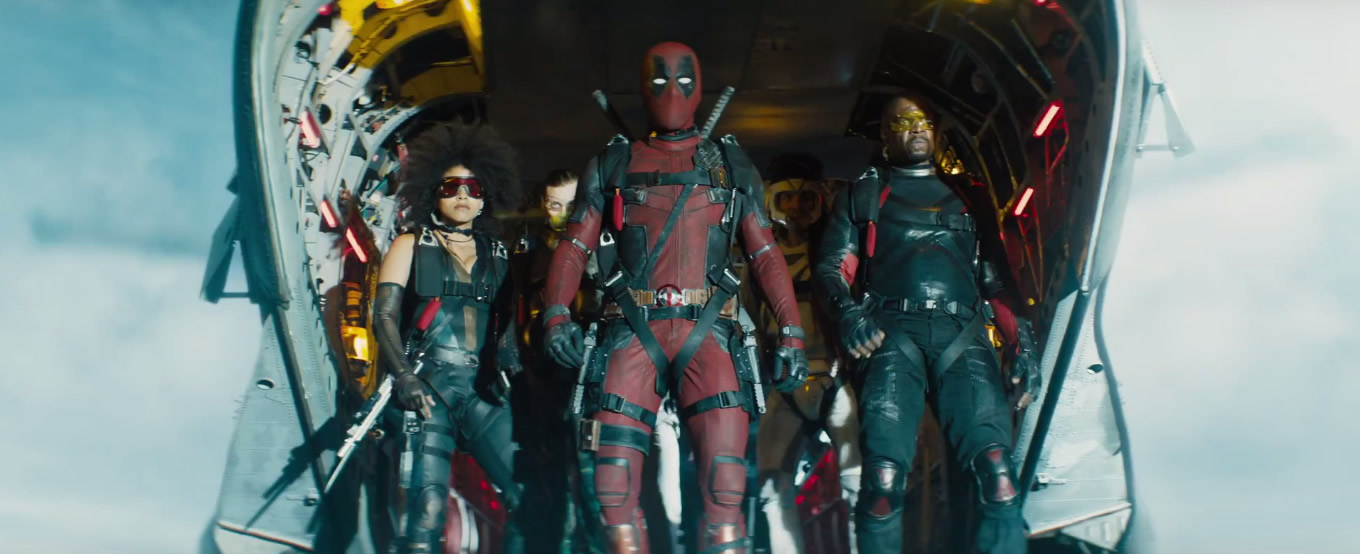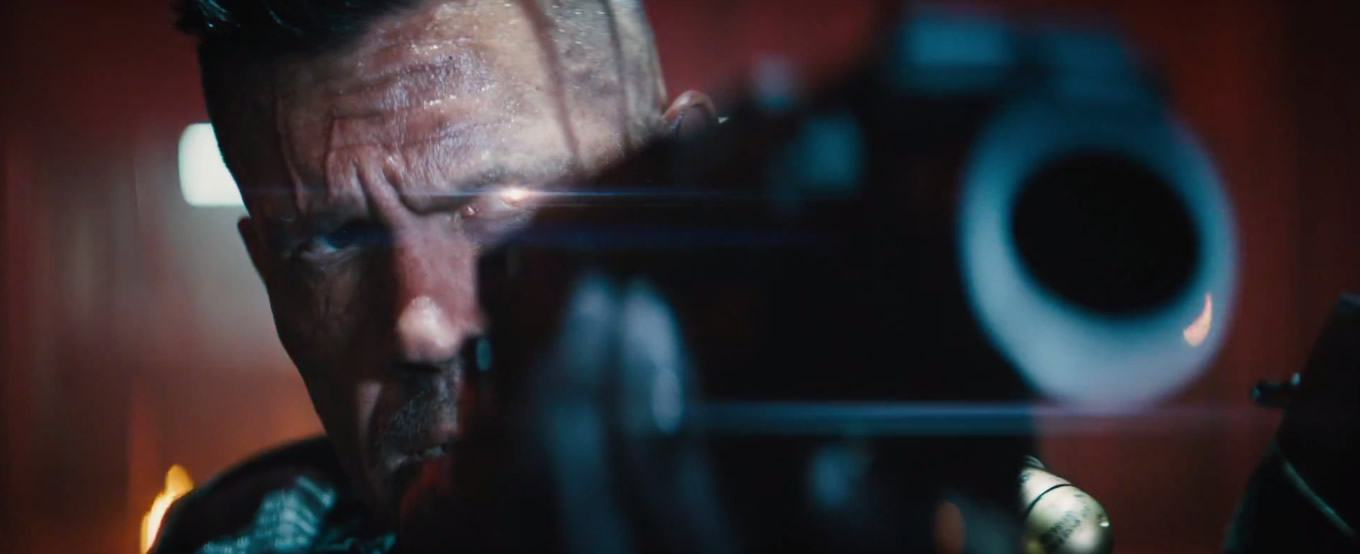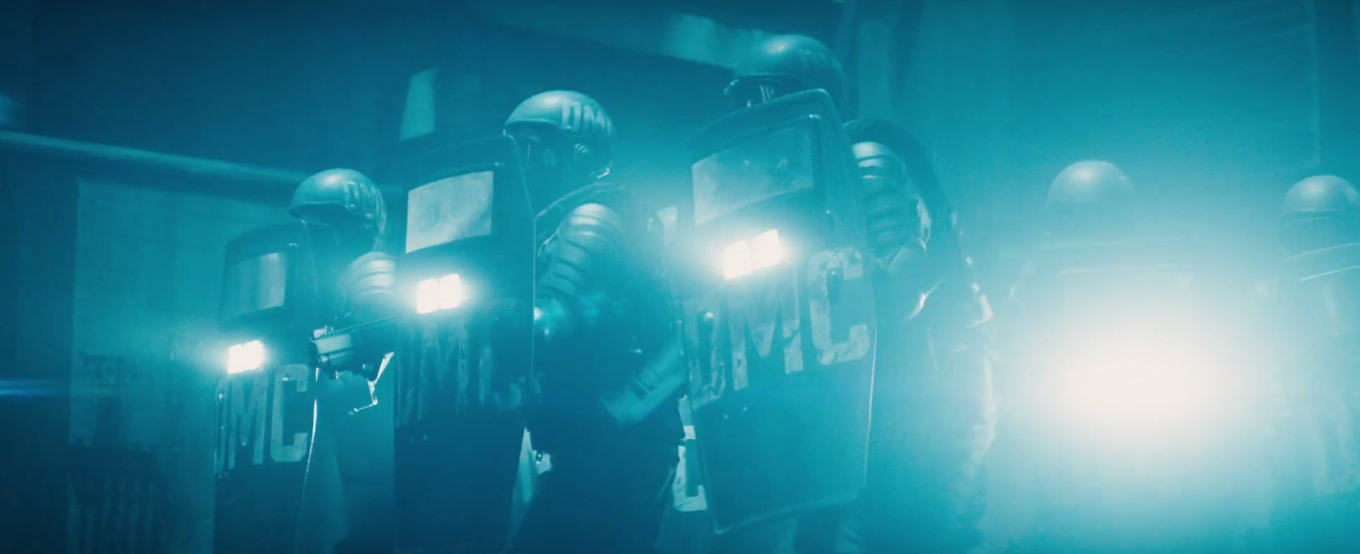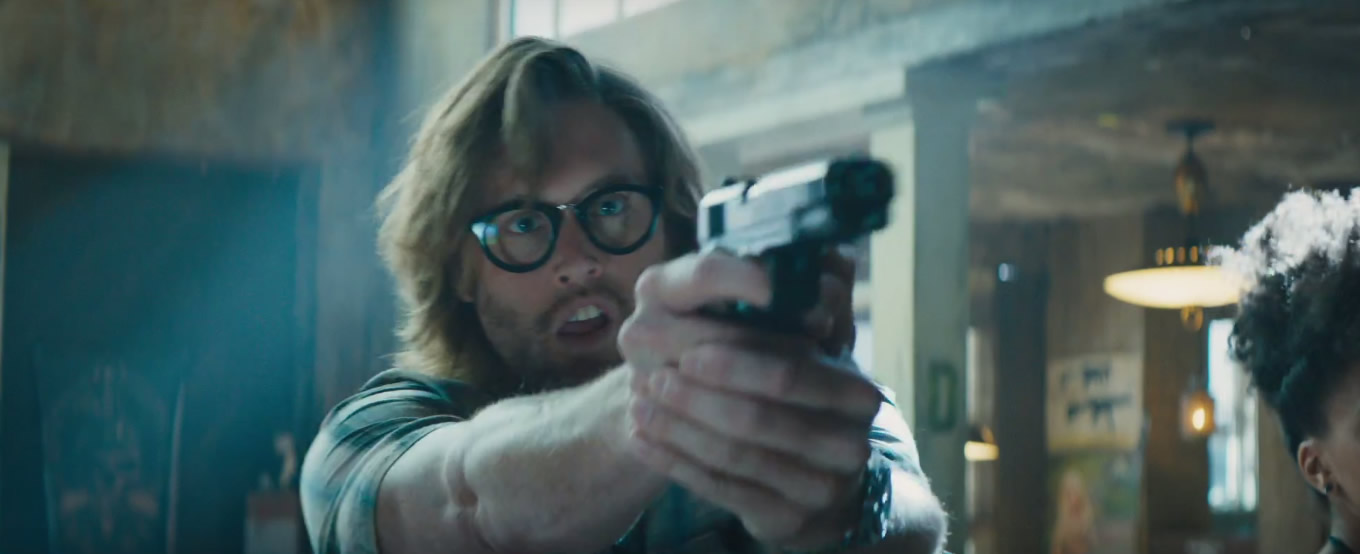Sequels are in a surprisingly good place right now. As distant follow-up films like Blade Runner 2049 and Mad Max: Fury Road breathe new life into old worlds, modern franchises like the John Wick films and Marvel Studios’ superhero universe have made the notion of diminishing returns with sequels seem archaic.
Few films have been as unique as 2016’s Deadpool, though, which subverted the superhero genre in countless ways en route to becoming the highest-grossing R-rated movie of all time worldwide. So the question becomes: How can any sequel hope to match such an impressive first act?
Story is secondary to spectacle and opportunities for a good joke in Deadpool 2
The answer that Deadpool 2 seems to offer is to take everything that worked in the first film, as well as everything that didn’t, and — taking a page from This is Spinal Tap — turn it up to 11.
Directed by David Leitch, the co-director on the aforementioned John Wick, Deadpool 2 brings back Ryan Reynolds as Wade Wilson, the mutant mercenary with an overactive healing factor and an even more overactive mouth. This time around, he’s on a mission to save a teenage mutant who’s been targeted by a tough-as-nails cyborg soldier from an apocalyptic future named Cable, played by Academy Award nominee Josh Brolin.
Although Brolin’s debut as Cable — Deadpool’s longtime ally and enemy at various points in Marvel Comics continuity — has received the lion’s share of the movie’s marketing campaign, Wade Wilson gets an assist this time around from his own, off-brand mutant team, X-Force. The team’s roster is a colorful mix of new and established Marvel Comics characters that includes Atlanta actress Zazie Beetz as the luck-manipulating mutant Domino.
Much like the first film, story is secondary to spectacle and opportunities for a good joke in Deadpool 2. The film lives and dies by its charismatic star and his portrayal of the titular, motormouthed antihero, who provides a seemingly never-ending commentary on the events transpiring on the screen, peppered with fourth-wall-breaking references to, well … just about anything that comes to his fractured-but-funny mind.
In that respect, Deadpool 2 raises the bar set by its predecessor. Reynolds has never been funnier as Wade Wilson, and there’s a sense of boundary-testing swagger in his willingness to call out his own franchise, other franchises, superhero tropes, real-world public figures, and his own co-stars in the film.
The action scenes also take a significant step forward in the sequel.
The action scenes also take a significant step forward in the sequel, with Wade — and in several scenes, Cable and Domino — showcasing their superhuman brawling abilities in brilliantly choreographed fight scenes that manage to be both cheer-worthy and brutal in equal measures.
Beetz in particular shines as Domino, and not only manages to hold her own with Reynolds’ Deadpool and Brolin’s Cable, but makes a strong case for being the film’s breakout character as the focal point of some of the movie’s most visually impressive sequences. Much like Evan Peters’ speedy mutant Quicksilver in the recent X-Men movies, Domino gets some of the best effects-driven moments in Deadpool 2, and like Peters’ character, she runs away with them.
The surprises are a bit harder to come by with Brolin’s time-traveling soldier, who doesn’t stray too far from the mold of characters the Oscar nominee is best known for playing these days. Gruff and tight-lipped, with little patience for any foolishness from the characters around him, Cable is the archetype for Brolin’s most memorable roles (post-Goonies, of course), and he plays the part just as capably in Deadpool 2 as he does in his more award-friendly projects.
For as much as Deadpool 2 manages to raise the bar with what it does right, though, it falls a bit shorter of the mark in some areas that were already weak spots for the first film.
Without spoiling any key plot points, Deadpool 2 sets out to raise the level of drama and increase the emotional beats for the sequel, which seems like a strange choice, given how weak — and honestly, fairly inconsequential to its success — those elements were in the first film. That’s exactly what the sequel does, though, and these heavy emotional moments not only feel out of place amid all of the wacky, raunchy hi-jinks going on, but they occasionally create a jarring dissonance from one scene to the next.
Audiences with a fondness for the first film will find a lot to like.
One minute, Deadpool is making a joke about his genitals, and the next moment finds him pondering his own mortality in an existential funk. It’s a difficult balance to strike for any film, and you have to give the filmmakers credit for their ambition, if not the end result.
Fortunately, the highs (and the laughs) of the first film that go even higher in Deadpool 2 far outnumber the sequel’s lows, and it’s hard to fault the film for its willingness to see how deep it can dive into everything that made the first movie so successful. Deadpool 2 is not only a worthwhile sequel to one of the most unique movies to hit the big screen in recent years, it’s a testament to the inherent risks and rewards of going all-in on what makes a movie special.
Not every gamble pays off in Deadpool 2, but audiences with a fondness for the first film will find a lot to like — and more than a few big surprises if they can avoid spoilers — in the mouthy mercenary’s return to the big screen.
